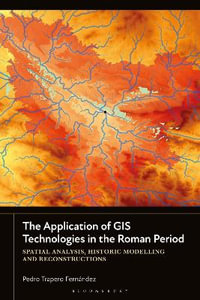
At a Glance
Paperback
RRP $125.75
$50.00
60%OFF
or
In Stock and Ships in 1-2 business days
ISBN: 9780831136840
ISBN-10: 0831136847
Published: 22nd September 2022
Format: Paperback
Language: English
Number of Pages: 304
Publisher: INDUSTRIAL PR INC
Dimensions (cm): 22.86 x 15.24 x 1.27
Weight (kg): 0.54
Shipping
| Standard Shipping | Express Shipping | |
|---|---|---|
| Metro postcodes: | $9.99 | $14.95 |
| Regional postcodes: | $9.99 | $14.95 |
| Rural postcodes: | $9.99 | $14.95 |
Orders over $79.00 qualify for free shipping.
How to return your order
At Booktopia, we offer hassle-free returns in accordance with our returns policy. If you wish to return an item, please get in touch with Booktopia Customer Care.
Additional postage charges may be applicable.
Defective items
If there is a problem with any of the items received for your order then the Booktopia Customer Care team is ready to assist you.
For more info please visit our Help Centre.
You Can Find This Book In
This product is categorised by
- Non-FictionEngineering & TechnologyMechanical Engineering & MaterialsMaterials ScienceMechanics of SolidsStress & Fracture
- Non-FictionEngineering & TechnologyMechanical Engineering & MaterialsMechanical Engineering
- Non-FictionEngineering & TechnologyIndustrial Chemistry & Manufacturing TechnologiesMetals Technology & Metallurgy

























